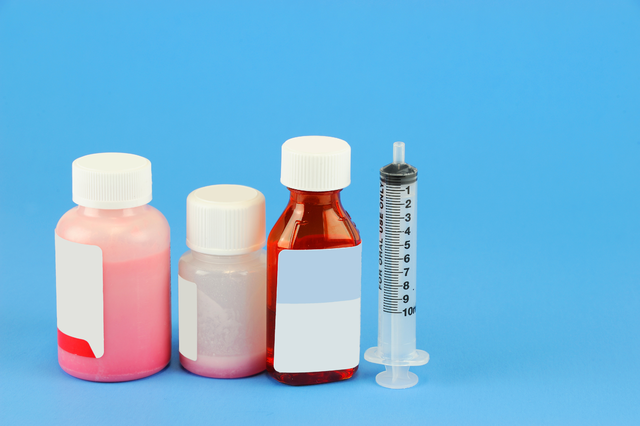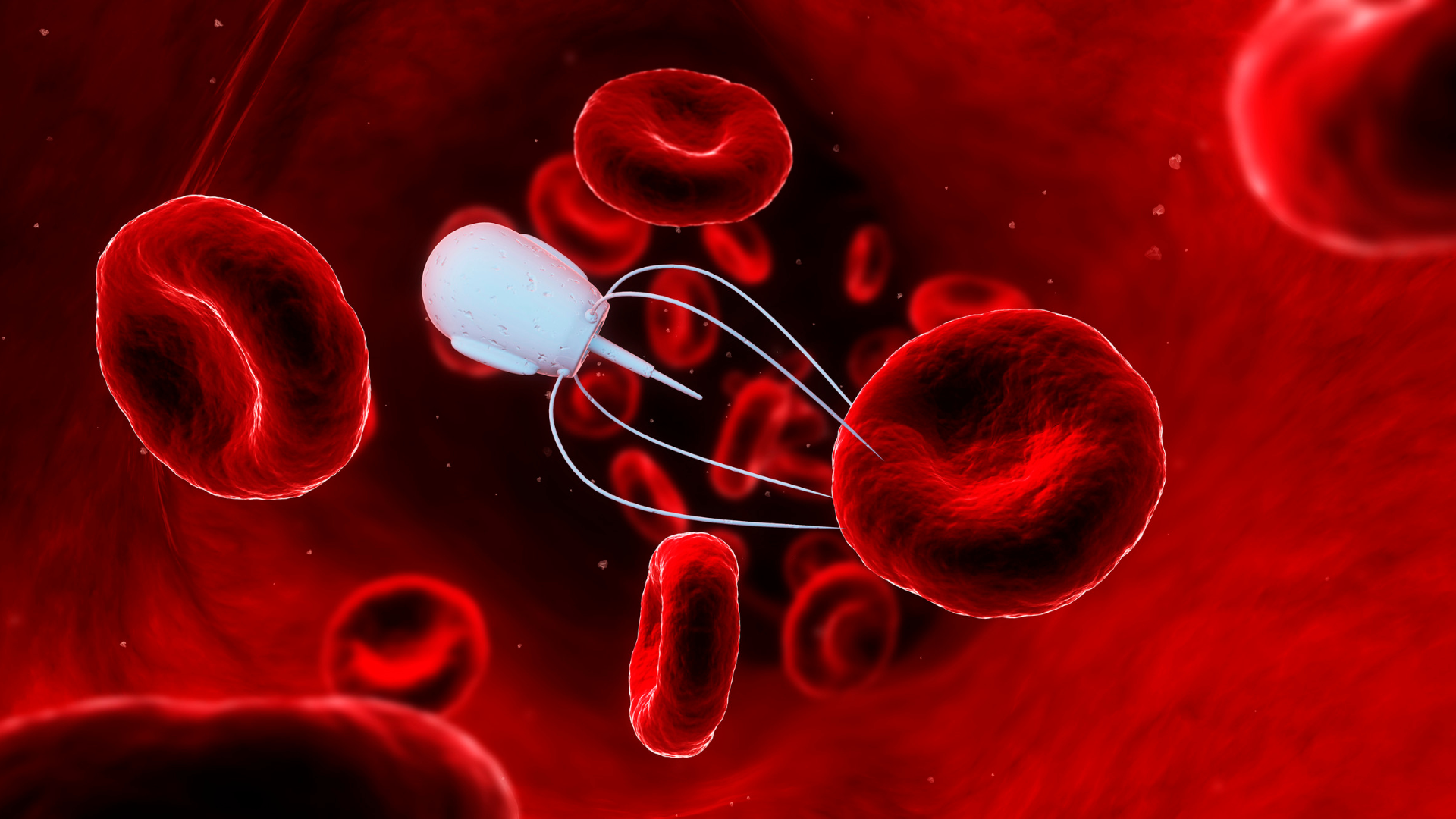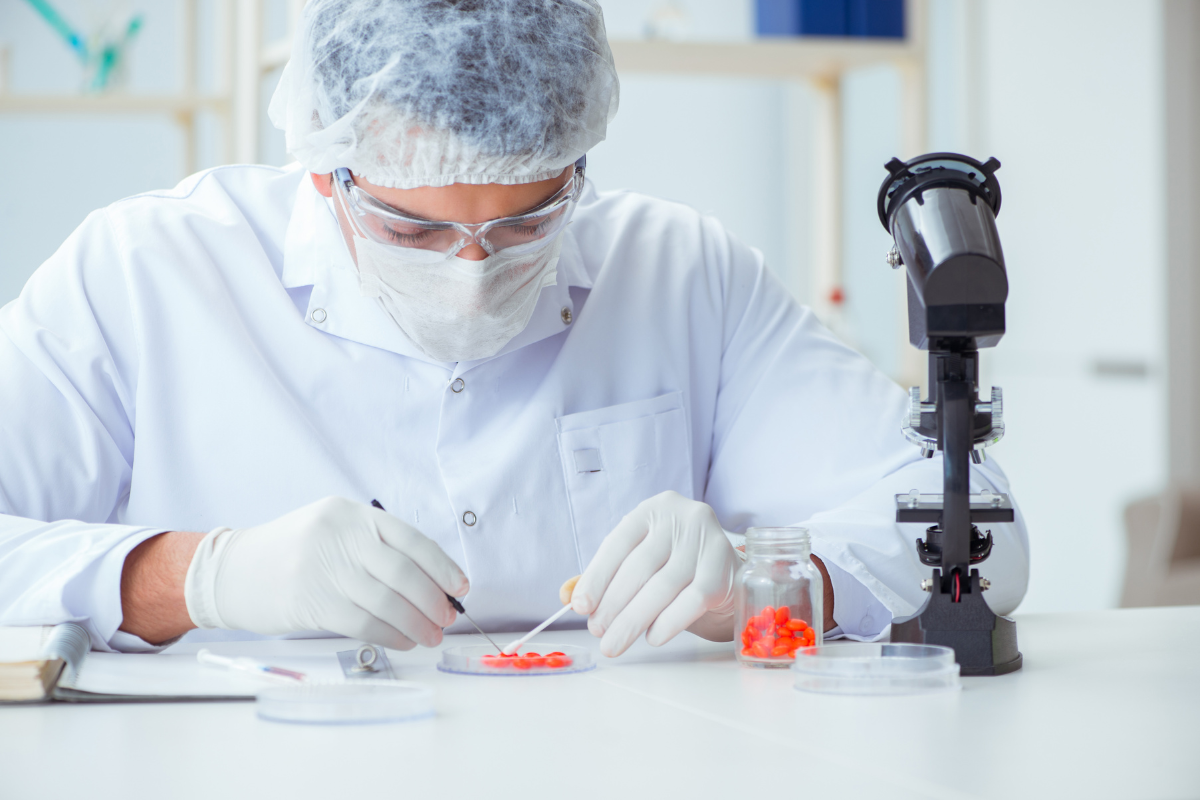Controlled Drug Delivery of Oral Liquid Dosage Forms

Formulation and Delivery UK 2022 hosted a fascinating panel discussion concerning the controlled delivery of oral liquid dosage forms, moderated by Bijay Kumar Padhi, Senior Director, and Head of India R&D at Ferring Pharmaceuticals. Joining Bijay Padhi on the panel were Vivek Trivedi and Ankit Baheti.
Trivedi is Senior Lecturer in Chemistry and Drug Delivery at the University of Kent. A pharmacist by training, Trivedi has spent several years in both industry and academia and his interests strongly revolve around the use of processing methods.
Baheti is Lead Scientist CMC (Formulations) at Ferring Pharmaceuticals. He has more than 12 years of experience in drug development and drug delivery and is heavily interested in the formulation and the delivery of oral drugs of both liquid and solid formulations.
Evaluating the Need for Controlled Liquid Dosage Forms
“There is a huge need for controlled liquid dosage forms, especially when we talk about geriatric and paediatric patient populations,” said Trivedi. He added, "I have a six-year-old at home and trying to give her a tablet is a challenge.” Therefore, a flavoured liquid medicine can be more applicable to improve patient compliance in younger populations.
Trivedi further mentioned how the same need arises in geriatric populations whereby the patient’s ability to swallow a solid pill may be impaired. He said: “so, is there a need for controlled liquid dosage forms? Yes, there is. Maybe not for young and middle-aged adults, but this is very important for young and old patient populations due to swallowing difficulties and taste.” Furthermore, as Trivedi pointed out, the necessity to have easier alternative delivery methods for medicine is only going to grow due to the aging populations of the western world.
“As far as I’m concerned, there is an immediate need. And this need is only going to grow.”
Another reason for considering oral liquid formulations is that the delivery method can be used as an abuse deterrent. As Trivedi said, “if you give a patient a drug like cocaine in its solid form, it’s very easy for a patient to abuse it. Instead, if the drug is in the liquid form, then it may not be that easy.” Trivedi considers liquid drug formulation’s bottom line to be the consideration of highly vulnerable patients: “whether they are younger, older, or people who are prone to misuse of these chemical compounds.”
Trivedi concluded his answer to the question of the need for liquid formulation: “As far as I’m concerned, there is an immediate need. And this need is only going to grow. So, as formulation scientists, we must turn our attention to developing not just liquid dosage forms, but also controlled delivery of oral liquid dosage forms.”
Controlled delivery is particularly useful because it is in the patient’s interest to cut done on the number of dose administrations as much as possible. “If the patient can take just one or two spoonfuls of a formulation and not think about it for another 12 to 24 hours, that would be great,” Trivedi explained.
Potential Areas for the Application of Controlled Liquid Dose
Baheti next walked through the potential areas of application for controlled liquid dose formulations. He explained that many patients will have to take multiple doses of medication per day. It is recommended that solid pills are to be swallowed with a glass of water each time, “but not everybody can take each pill with 250ml of water,” Baheti explained.
There are indeed cases in which a patient will have a restricted capacity to drink water. “In these cases,” said Baheti, “liquid dose forms are definitely useful. For example, patients with chronic kidney disease have a restricted amount of water that they can engulf.”
Baheti added further still that there are disease indications in which liquid oral doses are the preferable method of delivery. He used the example of diseases of the local gastrointestinal tract, “The liquid formulation will help the drug reach and spread over the GI tract very well.”
A final, yet very important consideration that Baheti mentioned was that there are many people across the world who face a scarcity of clean drinking water. Where clean drinking water is unavailable, solid oral formulations present a challenge to patient compliance. Therefore, Baheti said that ready-to-use liquid formulations are easy for patients to take wherever they live in the world.
Challenges Facing Liquid Formulations
There are however challenges and issues which make liquid formulations less successful and scarcer on the market than solid oral forms. Bijay Padhi said that with solid pills, the control is heavily explored — “you name a compound, and you can find a control — but that’s not the case with a liquid oral formulation.”
Trivedi thought that the key constituent that holds liquid formulations back was water. Herein, water becomes both an asset and a challenge in liquid medicines. Trivedi concurred with the value of clean drinking water across the world and also pointed out that aqueous formulations can create a host of stability issues: for example, microbial growth or the hydrolysis of the compound.
“People are often hesitant about liquid dosage forms because of the question of whether the compound is stable in an aqueous environment,” Trivedi continued. “Most of the liquid formulations that we give to our children or our parents are water-based. And so, water is both our friend and our foe at the same time.”
The first technical limitation is that the drug molecule may not be particularly soluble in water. “So, how do we formulate the drug so that it can be suspended in an aqueous environment? We can tackle that, but there are a number of steps to it,” Trivedi explained.
Baheti added that from an industry perspective, a major challenge of oral liquid dosage forms is transportation. For one, if a patient has to take a dose of a liquid formulation every day for a week, they have to take it with them everywhere that they travel. Secondly, transportation presents a logistical and cost challenge. Liquid formulations come in a bottle which is made of either glass or PET plastic. This amounts to additional production costs and transportation costs due to a heavier, larger product.
Also affecting cost is the increased excipients included in the liquid medicine. This is due to additional patient-experience factors having to be considered, such as the taste of the liquid. Herein, flavours and sweeteners make the medicine more palatable to the patient but further increases cost.
Trivedi also backed the question of cost. He pointed out that patients tend to psychologically assign liquid dosage forms as a more inexpensive type of medicine: “the most common liquid formulations available are cheap, OTC (over-the-counter) products,” he said. Therefore, if a pharma company were to employ more advanced formulation techniques (perhaps to combat the solubility problem), such as using microparticles, then manufacturing cost would be unprecedentedly higher.
Join leaders, experts, and researchers at Formulation & Delivery US: In-Person, connecting global pharma, biotech, and academia for high-level discussions on the latest innovations for biopharmaceutical development.






